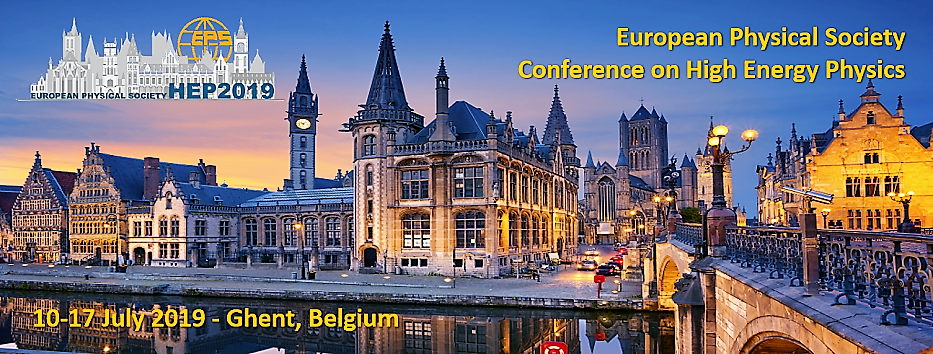Speaker
Description
We study a class of models in which the Standard Model (SM) is augmented by vector-like leptons: one doublet and a singlet, which are odd under an unbroken discrete Z_2 symmetry. As a result, the neutral component of these additional vector-like leptons are stable and behave as dark matter. We study the phenomenological constraints on the model parameters and elucidate the parameter space for relic density, direct detection and collider signatures of dark matter. In such models, we further add a scalar triplet of hypercharge two and study the consequences. In particular, after electroweak symmetry breaking (EWSB), the triplet scalar gets an induced vacuum expectation value
(vev), which yield Majorana masses not only to the light neutrinos but also to vector-like leptonic doublet DM. Due to the Majorana mass of DM, the
Z-boson mediated elastic scattering with nucleon is forbidden and hence allowing the model to survive from stringent direct search bound. The DM without scalar triplet lives in a small singlet-doublet leptonic mixing region (sin θ ≤ 0.1) due to large contribution from singlet component and have small mass difference
(∆m ∼ 10 GeV) with charged companion, the NLSP (next to lightest stable particle), to aid co-annihilation for yielding correct relic density. Both these observations change to certain extent in presence of scalar triplet to aid
observability of hadronically quiet leptonic final states at LHC, while one may also confirm/rule-out the model through displaced vertex signal of NLSP, a characteristic signature of the model in relic density and direct search allowed parameter space.




